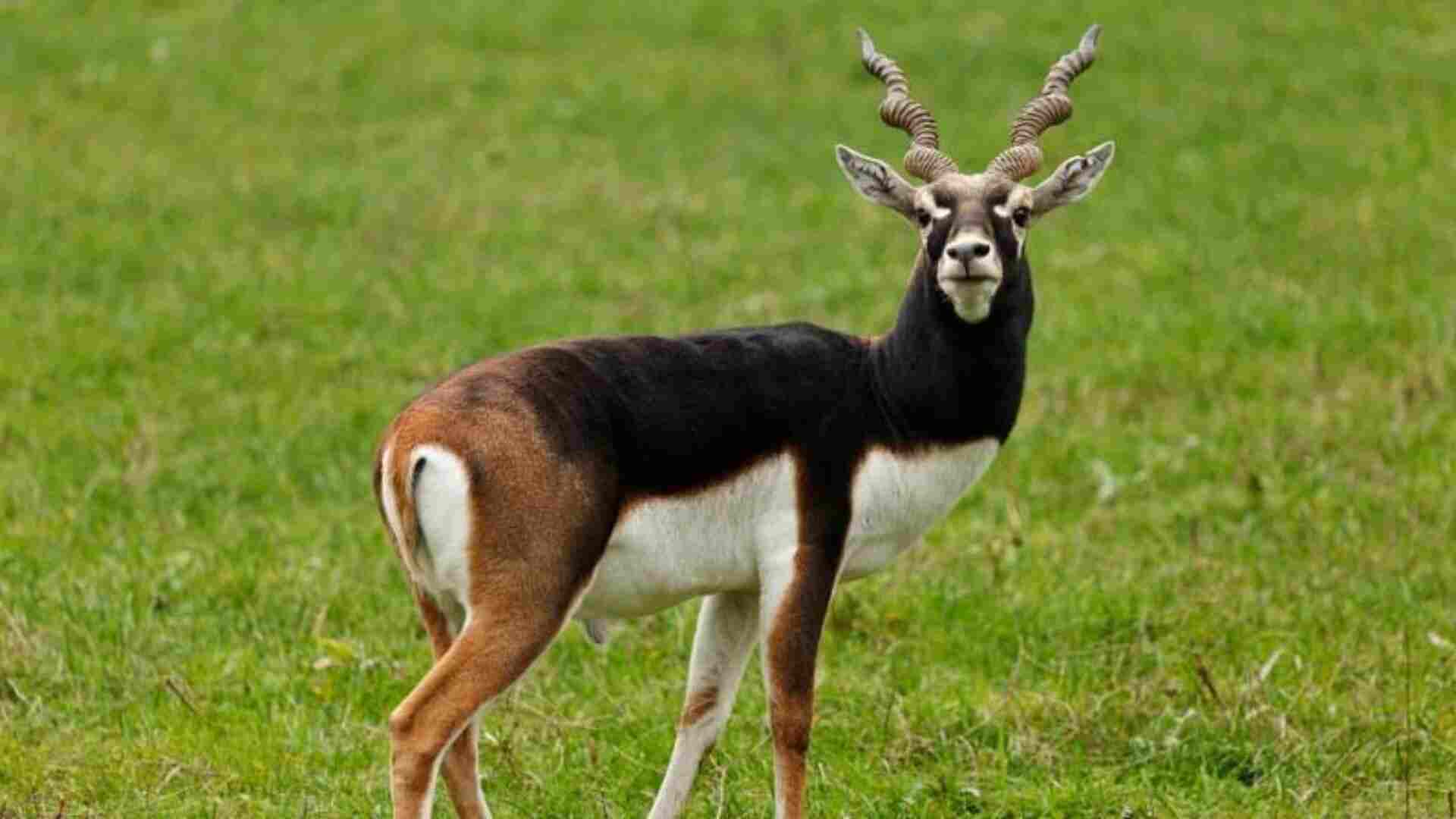Two blackbucks killed in 1998 continue to haunt actor Salman Khan. The recent murder of NCP leader Baba Siddique and increased threats to Khan, Siddique’s close friend, have once again highlighted the long-standing controversy surrounding the blackbuck killings.
Back in 1998, Salman Khan and others were accused of hunting and killing two blackbucks near Jodhpur during the filming of *Hum Saath Saath Hain*. The incident sparked outrage among the Bishnoi community, who hold blackbucks in high esteem. Members of the community protested against Khan, demanding justice.
Though only around five years old at the time, gangster Lawrence Bishnoi later vowed revenge against Salman Khan. Whether the blackbuck killing is the real root of Bishnoi’s hostility towards the actor or if he’s using it to build his image remains debatable. However, it’s clear that the Bishnoi community has a deep spiritual and cultural connection with blackbucks and chinkaras.
BISHNOI PHILOSOPHY AND BLACKBUCK WORSHIP
The Bishnoi community, established by Guru Jambheshwar (Jambaji) in the 15th century, follows 29 principles. These teachings emphasize wildlife and vegetation conservation. A key aspect of Bishnoi philosophy is the worship of the blackbuck, believed to be a reincarnation of their spiritual leader, Jambheshwar.
“Bishnoi is not a religion, but a way of leading life based on the 29 principles of Guru Jambheshwar who founded the Bishnoi sect 550 years ago. One of the principles advocates protection of trees and animals. We are even ready to die to protect animals. Our community has set a great example in the Salman Khan case. Our women nurture abandoned blackbuck fawns like their babies,” said Ram Swarup, a member of the community, in an interview with India Today in 2018.
HISTORICAL SIGNIFICANCE AND SACRIFICE
The Bishnoi community’s deep connection to blackbucks is intertwined with their history. In 1730, 362 Bishnois were killed in Khejarli village, near Jodhpur, while trying to protect khejri trees from being cut down under the orders of Maharaja Abhai Singh. Led by Amrita Devi, the Bishnois resisted by hugging the trees, a courageous act seen as a precursor to the Chipko movement of 1973.
The spiritual and cultural relationship between the Bishnois and blackbucks goes beyond worship. Historian Vinay Lal from the University of California, Los Angeles (UCLA), explains, “The Bishnoi are said to believe that they will be reincarnated as deer, which may in part explain the sanctity extended to animals; certainly Jambaji, according to folklore, is thought to have instructed his followers that the black buck was to be revered as his manifestation.”
DEDICATION TO WILDLIFE PRESERVATION
For the Bishnois, protecting blackbucks and chinkaras is more than just a duty; it’s a way of life. Over the centuries, they have coexisted with these animals, sharing resources and offering protection. Bishnoi villages are described as “oases in the desert” where deer roam freely, and millet and water are kept available for them, especially during droughts, as noted by Vinay Lal in his research.
BISHNOI WOMEN AND THEIR COMMITMENT TO BLACKBUCK CARE
Bishnoi women are particularly known for their commitment to wildlife care, even breastfeeding and nurturing blackbuck and chinkara fawns separated from their herds. This practice illustrates the community’s dedication to the animals, blending spiritual and daily routines.
Despite the long legal battle against Salman Khan that has persisted since 1998, the Bishnoi community continues to seek justice through legal means. Their resolve remains strong despite delays, showing their dedication to preserving their ideals and values.
In contrast, Lawrence Bishnoi’s approach differs as he seeks revenge, allegedly planning to kill Salman Khan outside of the legal system. While his motives may be questionable, the Bishnoi community’s unwavering dedication to nature and its principles has endured over centuries.









